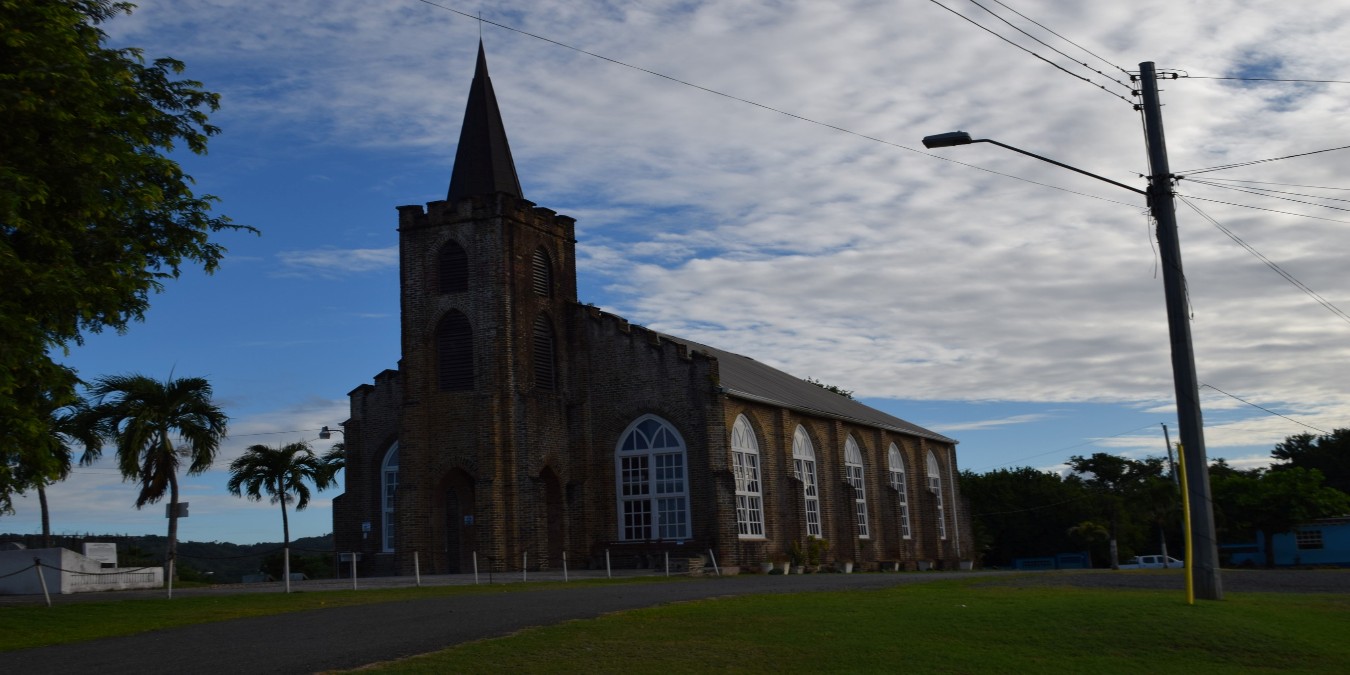St. Patrick’s Anglican Church is one of Tobago’s most striking and historic places of worship. Built in 1843, during the height of British colonial influence, the church reflects classic Gothic Revival architecture with its stone walls, pointed arches, and towering spire.
The church was constructed with fire bricks originally used as ballast on ships. These bricks were transported from Mt. Irvine Bay to the church site in Mt. Pleasant by enslaved Africans, a sobering reminder of the struggles and resilience that shaped Tobago’s past.
Named after St. Patrick, the patron saint of Ireland, the church symbolizes the deep Anglican and colonial roots of Tobago’s history. Inside, its tall arched windows allow natural light to pour into the sanctuary, creating an atmosphere of peace and reverence. The surrounding churchyard also carries historical weight, linking visitors to Tobago’s early European settlement and community life.
Today, St. Patrick’s Anglican Church is more than a place of worship; it stands as a heritage landmark where history, architecture, and memory converge. Visitors can admire its striking design while reflecting on the endurance and faith of those who built it.
- Photo by @Ronald Rodney


Comments